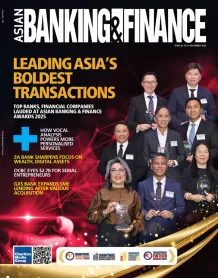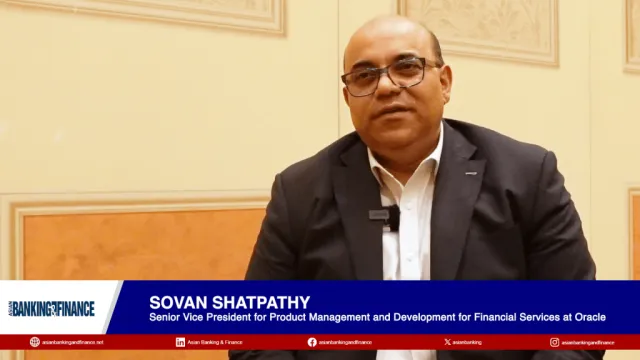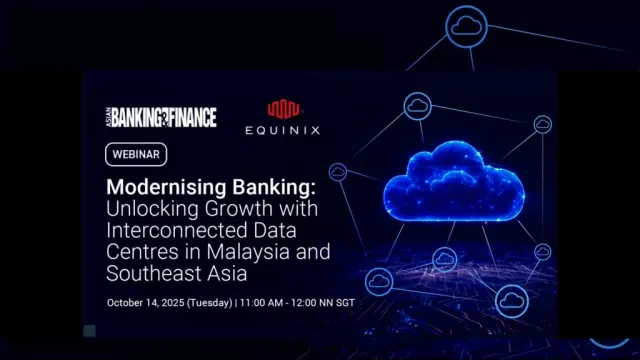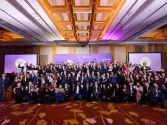Join the community
Thought Leadership Centre
Most Read
1. Finance leaders flag governance risks with fast growing fintech systems 2. Why AI governance is a key priority for financial institutions 3. Foreign institutions pursue market entry as Japan strengthens fintech rules 4. Payment leaders push for interoperability to solve SME cash flow 5. Five takeaways from day 1 of the Singapore Fintech FestivalResource Center
Awards
Jul
02
Events
Event News
Asian Banking & Finance Retail Banking Awards 2025 Winner: Carlo Mariano and Ivy Uy of East West Banking Corporation
Carlo Mariano of East West Banking Corporation shares how EWBC’s regulatory solution ensures compliance while putting customers first.

 Advertise
Advertise



















Commentary
See how financial institutions can maximise video communications
See how financial institutions can maximise video communications
How the LIBOR scandal in London affected Asian banks
The implications on global 'currency wars' on Asian banks
Look at how Asian banks and businesses will suffer from Basel III
Here's why middleware is vital for Asia's financial services sector
See how microfinance in India has evolved
Why dispersing cash is an essential public service
Why China is the stalwart in Asia's cards and payments industry
This is how banking innovation in Asia has evolved
You should know about the 'Three-Horizon' growth strategy for Islamic banks
Tapping the Islamic finance industry's growth potential in Bangladesh
The benefits of 'gamifying' training for retail bankers
How cross-industry learning keeps Asian banks growing
Asia Pacific's wealth management sector mired in massive challenges
It's high time to educate the new generation of retail bankers
The impact of fragmentation and complexity on AsiaPac banks
5 challenges India has to hurdle in 2013